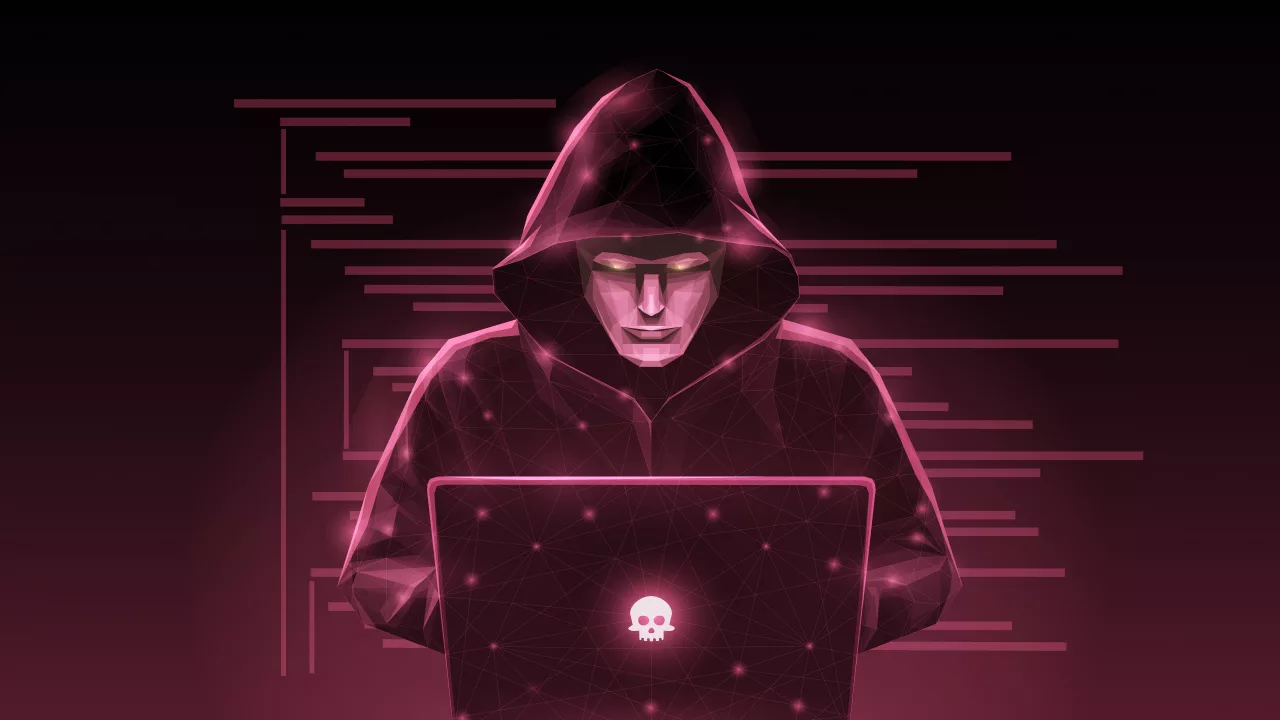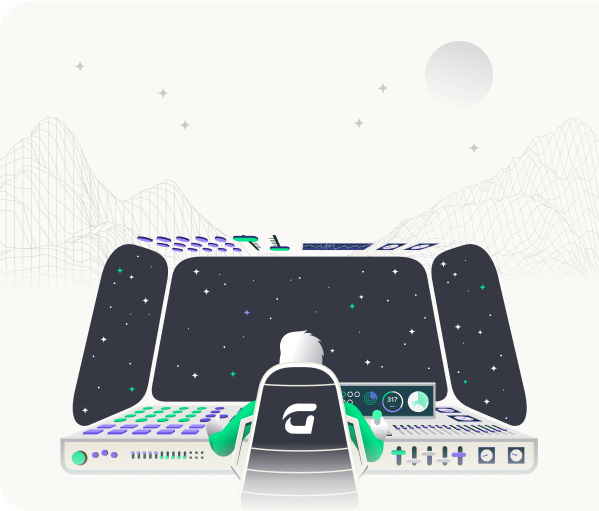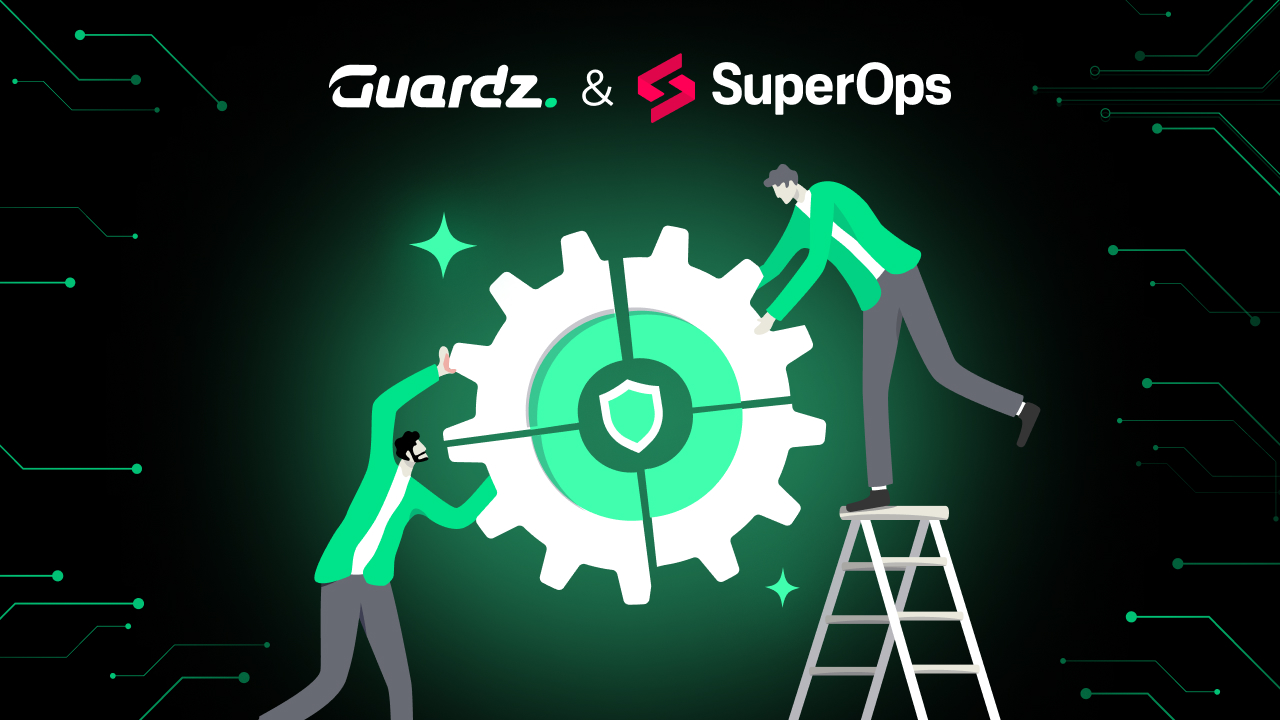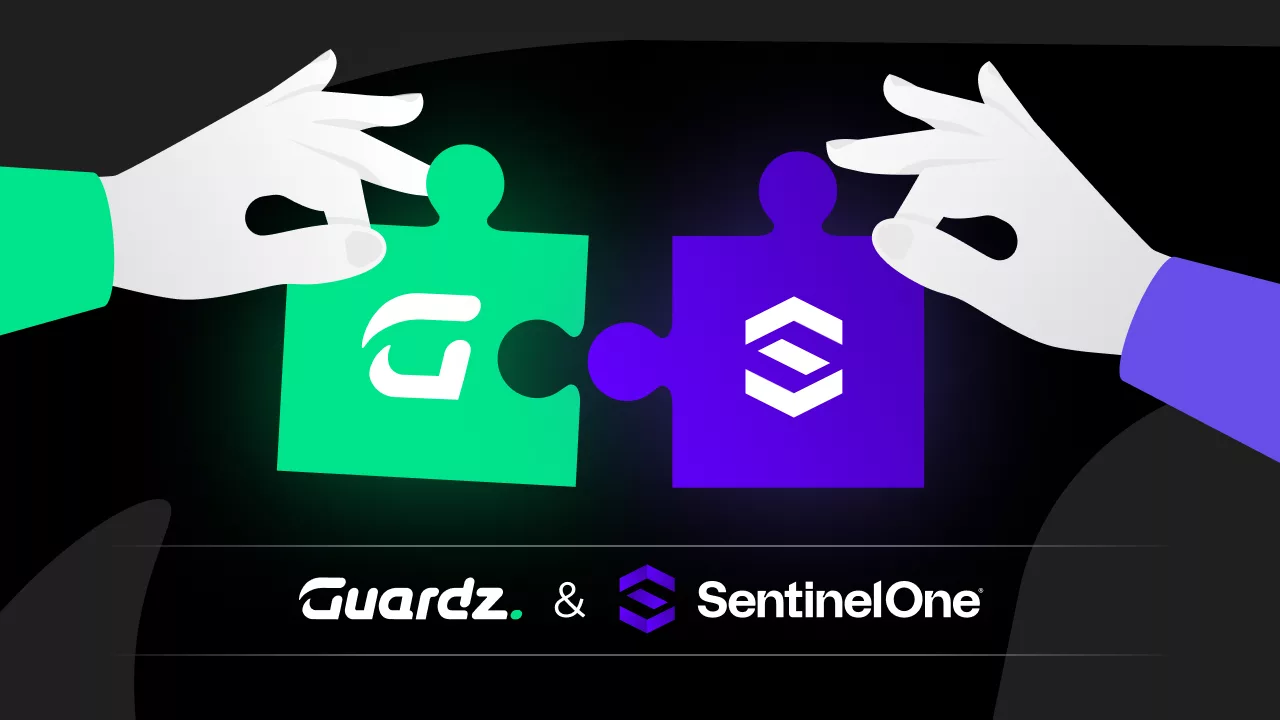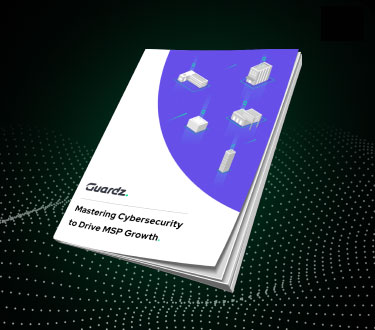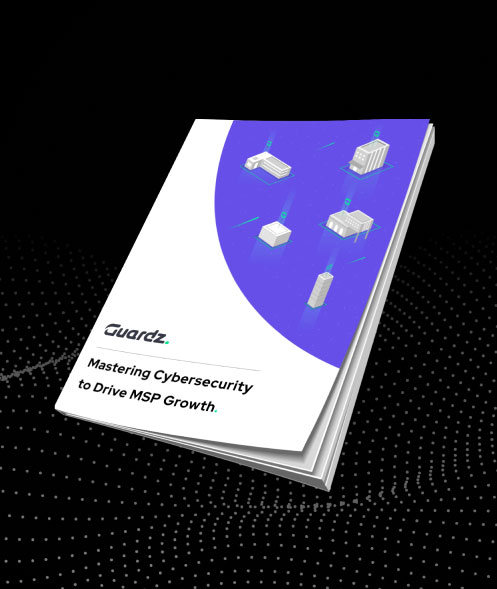With 61% of SMBs having suffered at least one cyber attack in the past year, the ramifications of business hacking for companies are enormous. In the short term, these cyber attacks have the potential to disrupt not only the company’s operations but its entire supply chain. In the long term, business hacks can harm a company’s reputation, leading to a loss in revenue, stock value, and customer trust.
Business hacking is the exploitation of a weakness in an organization’s system or network to gain unauthorized access to data. As the attack surface has expanded with the increased reliance on third parties, IoT devices, and cloud services, hackers have more opportunities to gain entry to services and networks, including social engineering and phishing attacks, unsecured passwords and wifi, brute force attacks, mobile phones, desktops, and tablets.
The Top Motivations of Business Hackers
Although most hackers’ primary motivation is to gain unauthorized access to data, they have secondary motives as well, such as financial gain. With the average cost of a ransomware attack now reaching $925,162 – an increase of 71% from the previous year – many attackers are more motivated than ever to carry out these types of attacks.
Customer data
Hackers often execute phishing and social engineering attacks to steal personal data such as customer names, phone numbers, email addresses, and customers’ financial information. But personally identifiable data, or PII, is considered far more valuable since it can be used to exploit deeper into your company’s network and systems to gain even more sensitive information. This data, such as credit card and social security numbers, passport and driver’s license numbers, can be used to identify a specific individual and make fraudulent purchases, close or open bank accounts, steal identities, and pose other dangers to customers.
Company secrets
Business espionage, often executed by former employees or contractors, plays a role in helping companies gain a competitive advantage. When a company is on the cutting edge of technology or about to become a leader in their industry, business hackers may decide the time is ripe to try to steal sensitive company information such as business plans, IP patents, product designs, source code, etc.
Looking to boost your MSP revenue? Guardz got your back!
Insider Attacks
According to the Ponemon Institute, these insider threats account for 34% of all cyberattacks.
Malicious insiders could be current or former disgruntled employees or contractors with access to your network and systems that seek revenge or financial gain. Insider attacks also occur from human error, such as misconfigurations, weak passwords, and not implementing multi-factor authentication on cloud data and access to company networks and systems.
Financial motivation
Since one of the most financially profitable types of attacks for hackers are ransomware attacks, it shouldn’t be surprising that almost half (46%) of SMBs have reported suffering a ransomware attack. Another financially motivated type of attack SMBs face is identity theft due to their large balances, higher credit, and ability to gain access to businesses with larger amounts of data.
How to Protect MSP Clients Against Hacking
Even though business hacking is increasing in sophistication and scope, there are basic steps most organizations can take as a first line of defense to protect their business from hackers.
You’ll want to take a multi-faceted approach that includes strengthening your:
- Network security. Firewalls, intrusion detection systems, VPNs, and DDoS mitigation are all tools that can help prevent hackers from gaining access to your network.
- Device protection. With 70% of successful breaches originating in endpoint devices, managed device protection that continuously monitors the activity of designated endpoints to identify, analyze, alert, and remediate against threats is essential for SMBs.
- Email security. Get alerts to potentially malicious emails and any suspicious patterns, along with the recommended actions that your business should take. Advanced solutions also enable automatic flagging and removal by your IT administration.
- Cloud data protection. Ensure employees are using strong passwords and multi-factor authentication when accessing their data, in addition to employing the latest best security practices. Identify third-party risks, misconfigurations, and inactive users that put your data at risk.
- Cyber awareness. According to IBM, the vast majority of attacks (90%) on SMBs can be attributed to human error. Educate your employees on how to identify malicious emails, strengthen passwords, and other potential security threats so that you align your entire staff with best security practices.
Empowering MSPs with AI-Driven Cybersecurity:
Secure SMBs like Never Before
How Guardz Helps You Defend Your Clients
The Guardz unified cybersecurity platform delivers MSPs a unique, layered approach to shield their clients’ businesses from evolving cyber threats. The process starts with a detailed External Footprint assessment and deep analysis of how a threat actor would view a business’s external posture. It offers continuous monitoring to ensure the digital assets of both your employees and clients so that you remain safe and unexposed to vulnerabilities. From email and endpoint security to cloud data protection and device protection, our top-notch security measures use advanced enterprise-level cybersecurity to protect businesses and their websites against a wide variety of business hacking, regardless of the motivation behind the attack.
- Share On:


